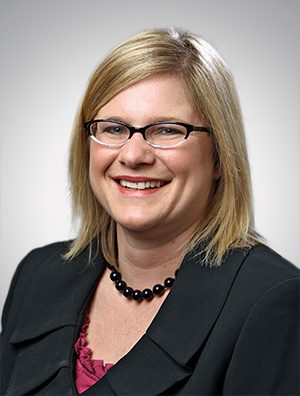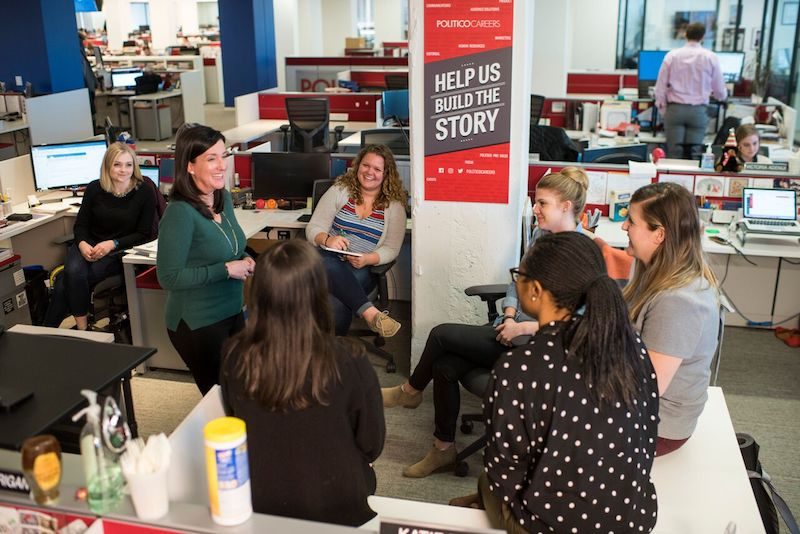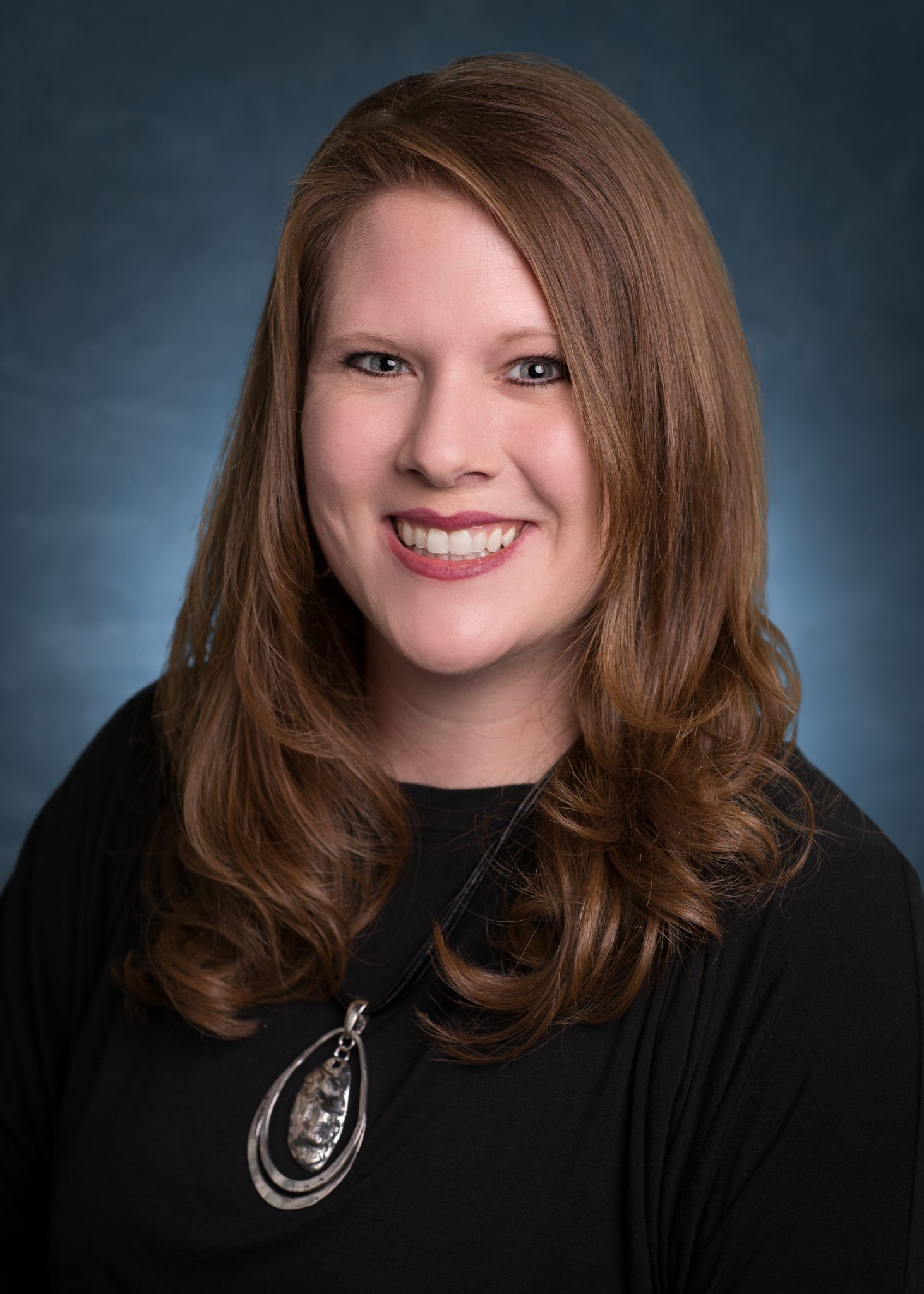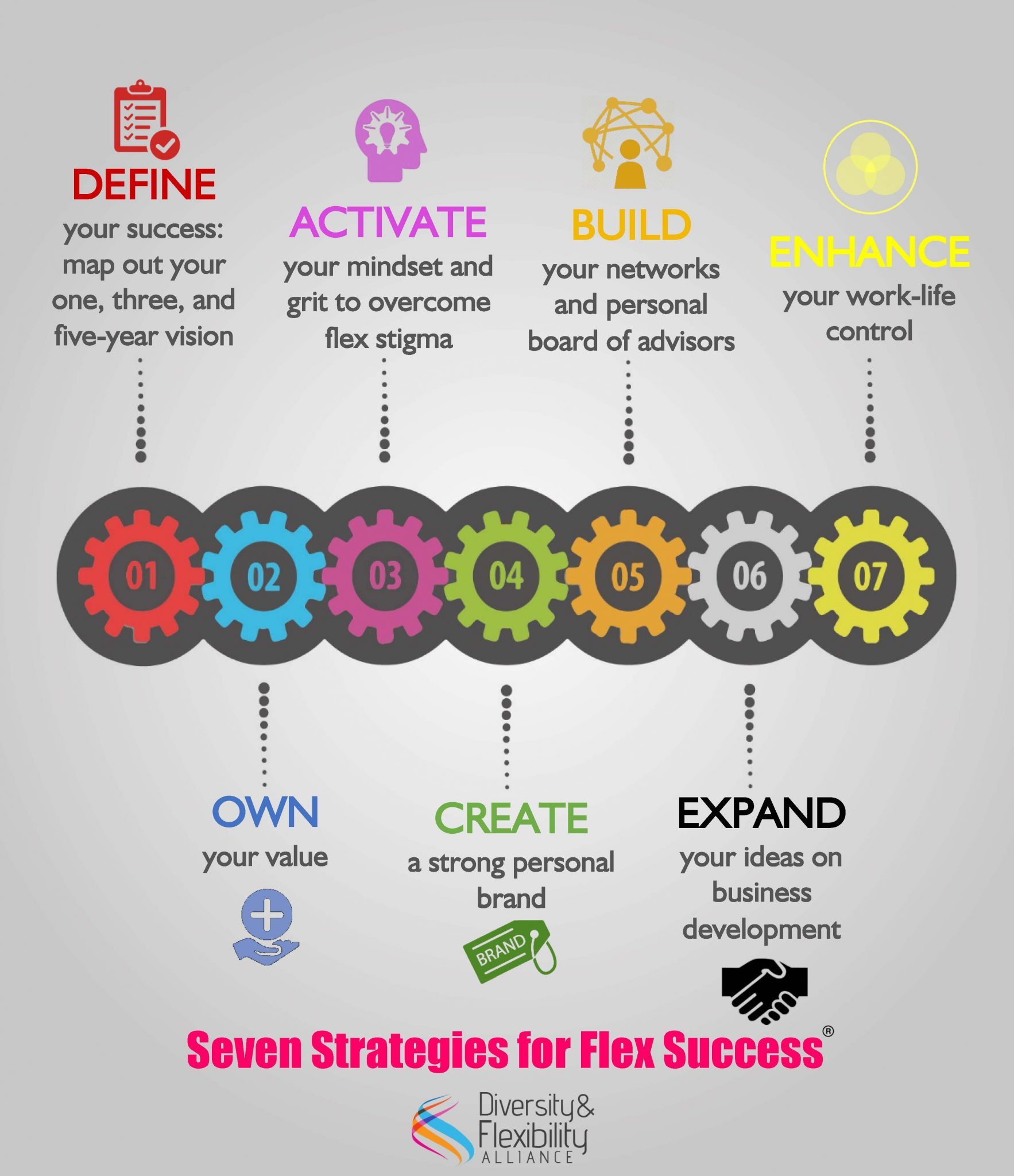Washington, DC – December 19, 2018 – Today, the Diversity & Flexibility Alliance released its seventh-annual New Partner Report, which revealed a slight increase in the percentage of women among new partners in 2018 in the U.S. Offices of the nation’s largest and top-grossing law firms. While the results showed a seven-year high of 38.9 percent, it was a mere 0.8 percent increase from last year. An Executive Summary of the report is available here. The complete report is available to Alliance members in the Member Resource Center.
“These results highlight the fact that while many recruiting classes of law school graduates may have 50% women, the percentages drop off dramatically as women advance to Partnership levels,“ said Manar Morales, President and CEO of the Diversity & Flexibility Alliance. “This underscores the need for firms to commit to a more intentional and proactive strategy to retain and advance women. It is essential that firms pay more attention to the diversity of the pipeline of talent at least three years in advance of the partnership track, as well as implement more programs to support the advancement of women along the way,” she added.
The Alliance specifically suggests that firms and other organizations:
– Identify and track gaps in gender diversity at all levels;
– Carefully consider ways to balance the pipeline of talent, at senior levels in particular;
– Implement policies and programs that support the retention and advancement of women;
– Commit to a more intentional strategy for gender diversity throughout the firm;
– Address any weaknesses in their flexibility and parental leave initiatives.
The Diversity & Flexibility Alliance’s New Partner Report is a yearly compilation of data from more than 100 (134 this year) of the nation’s largest and top-grossing law firms examining the gender breakdown of attorneys promoted to partnership in their U.S. offices. The data is based upon publicly available firm announcements and other self-reported sources on new partner classes with an effective date of promotion between October 1, 2017 and September 30, 2018. While these are the most favorable results in seven years, with an increase of almost six percentage points since 2012, the percentage of women among new partners in the U.S. has remained relatively stable.
Alliance member firms included in this report averaged 40.5 percent women in their new partner classes, outpacing the national average by over 1.5 percentage points. Alliance members have access to the entire New Partner Report, as well as opportunities for individualized strategic planning sessions focused on improving their gender diversity outcomes.
The Diversity and Flexibility Alliance is dedicated to helping organizations create inclusive cultures that support the advancement of women, promote diversity and embrace flexible work. The Alliance provides practical research-based solutions that increase organizational effectiveness and create high performance cultures while through diversity and flexibility.
Contact Manar Morales at manar@dfalliance.com for more information on the report or for guidance on how your firm can advance and retain more women.



 We also take our own advice to heart. We couldn’t provide the advice that we do without backing it up with sound data. Over the last five years we’ve been able to advise our members on the challenges, opportunities and future trends in flexibility in the legal industry by surveying top US law firms. Initially, our benchmarking survey revolved around whether firms actually had a written flexibility policy. The survey has evolved to include expanded questions on different types of flexibility and leave policies offered and the types of employees, by race, gender, sexual orientation and position, who actually use the policy. For example, do attorneys on a partnership track feel comfortable telecommuting? Are those returning from caregiver leave provided support, tools and fair compensation? Does the firm use surveys, interviews, evaluations and pilot programs to ensure that the program is meeting the needs of its employees?
We also take our own advice to heart. We couldn’t provide the advice that we do without backing it up with sound data. Over the last five years we’ve been able to advise our members on the challenges, opportunities and future trends in flexibility in the legal industry by surveying top US law firms. Initially, our benchmarking survey revolved around whether firms actually had a written flexibility policy. The survey has evolved to include expanded questions on different types of flexibility and leave policies offered and the types of employees, by race, gender, sexual orientation and position, who actually use the policy. For example, do attorneys on a partnership track feel comfortable telecommuting? Are those returning from caregiver leave provided support, tools and fair compensation? Does the firm use surveys, interviews, evaluations and pilot programs to ensure that the program is meeting the needs of its employees? Diversity & Flexibility Alliance: How have you made flexibility a priority and a success through your career?
Diversity & Flexibility Alliance: How have you made flexibility a priority and a success through your career? 